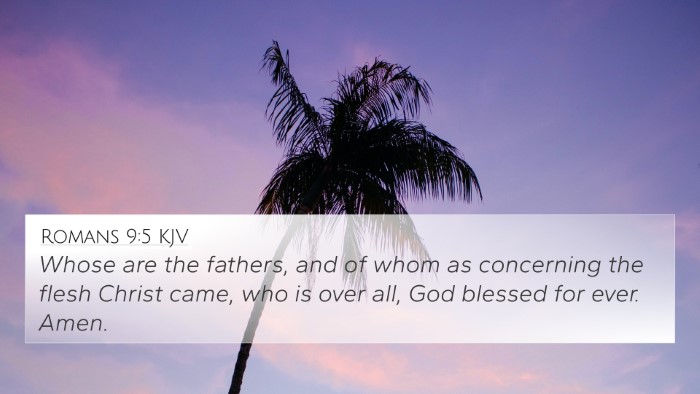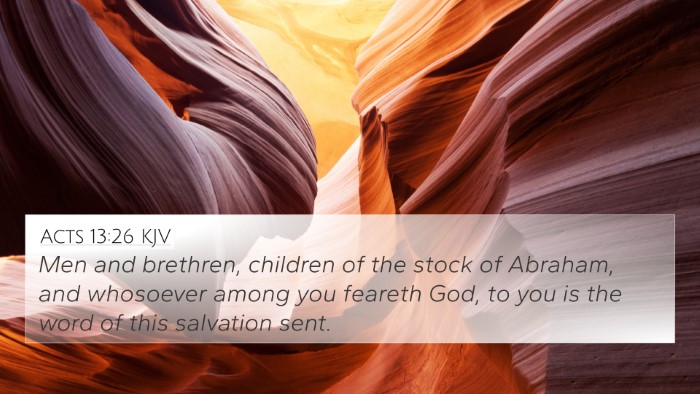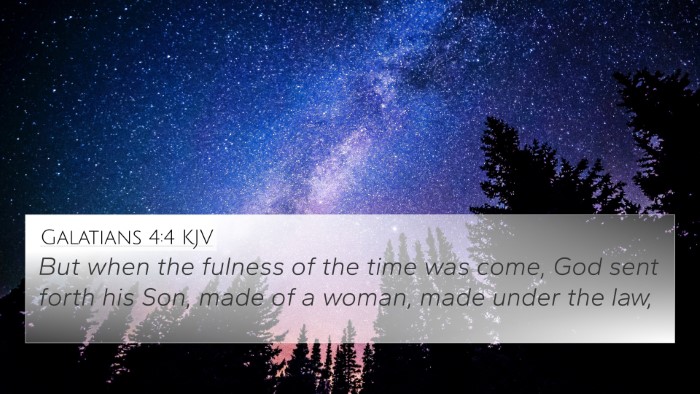Understanding John 1:11
John 1:11 states, "He came to his own, and his own received him not." This verse encapsulates a profound theological and emotional truth regarding Christ's rejection by his own people. Below, we explore its meaning and implications through insights garnered from prominent public domain commentaries.
Meaning of John 1:11
The verse highlights the irony of the Messiah coming to the peopleHe was destined to save, yet facing rejection instead. This theme resonates throughout the Gospels and finds significant roots in the Old Testament prophecies concerning the Messiah.
Theological Insights
- Matthew Henry: Emphasizes the sadness of Christ's rejection, noting that it points to the larger theme of how humanity often fails to recognize divine truth when it appears among them. He suggests that the rejection signifies the hardness of heart among the rulers and the people of Israel, who were looking for a politically powerful Messiah as opposed to one who embodies meekness and humility.
- Albert Barnes: Focuses on the broader implications of this rejection, underscoring that Christ came not only to the Jews but also for all of humanity. Barnes interprets the “own” as a dual reference: to the Jewish people as his first audience and to God’s creation as a whole. This emphasizes the tragedy of rejecting the very author of life.
- Adam Clarke: Adds that this verse would serve as a prophetic evaluation of future generations, affirming that even today, many would reject the teachings of Christ. Clarke notes that the rejection was foretold and expected, aligning with the suffering servant theme found in Isaiah, extending the meaning of “His own” to include both physical and spiritual lineage.
Bible Verse Cross-References
This verse can be linked to several other biblical texts that underscore its theme of rejection by one’s own. Here are critical cross-references:
- Isaiah 53:3 - Describes the servant of the Lord being despised and rejected by men.
- Matthew 23:37 - Jesus laments over Jerusalem for not accepting His caring call.
- John 7:5 - Indicates that even Jesus’ own brothers did not believe in Him.
- Luke 19:14 - Parable of the nobleman whose subjects rejected him serves as a parallel to Christ's rejection.
- Romans 10:21 - Paul quotes Isaiah to express God's sorrow for Israel's disobedience and refusal to heed Him.
- 1 Peter 2:7-8 - Relates Christ as the stone that was rejected, and how this rejection leads to a spiritual stumbling block for many.
- Hebrews 6:6 - Talks about those who have fallen away after having known the truth, paralleling the initial rejection.
Thematic Connections
John 1:11 is profoundly connected to the theme of divine rejection and humility found throughout Scripture:
- Connection to Old Testament Prophecies: The rejection of Christ was foretold in various prophecies, underscoring a divine plan that included acceptance and rejection.
- Links to Gospels: The theme persists in all four Gospels where Jesus continually faces opposition and disbelief from His own people.
- Inter-Biblical Dialogue: This verse engages in a dialogue with the Epistles, where the rejection of Christ is addressed and expounded upon, depicting the dynamics of faith and unbelief.
- Human Response to Divine Truth: A recurring theme throughout the Bible, this verse serves as a reminder of humanity’s tendency to overlook transformative truths.
Conclusion
In conclusion, John 1:11 serves not only as a poignant statement about Christ's experience with rejection but also as a gateway to understanding the breadth of biblical theology that concerns divine acceptance and human rejection. The comprehensive study of interrelated biblical texts enriches our understanding and highlights the importance of cross-referencing scriptures to glean deeper insights into theological themes.
By exploring the connections between Bible verses, we enrich our understanding of Scripture and find response to the questions of faith, acceptance, and the nature of divine love manifest through Jesus Christ.















